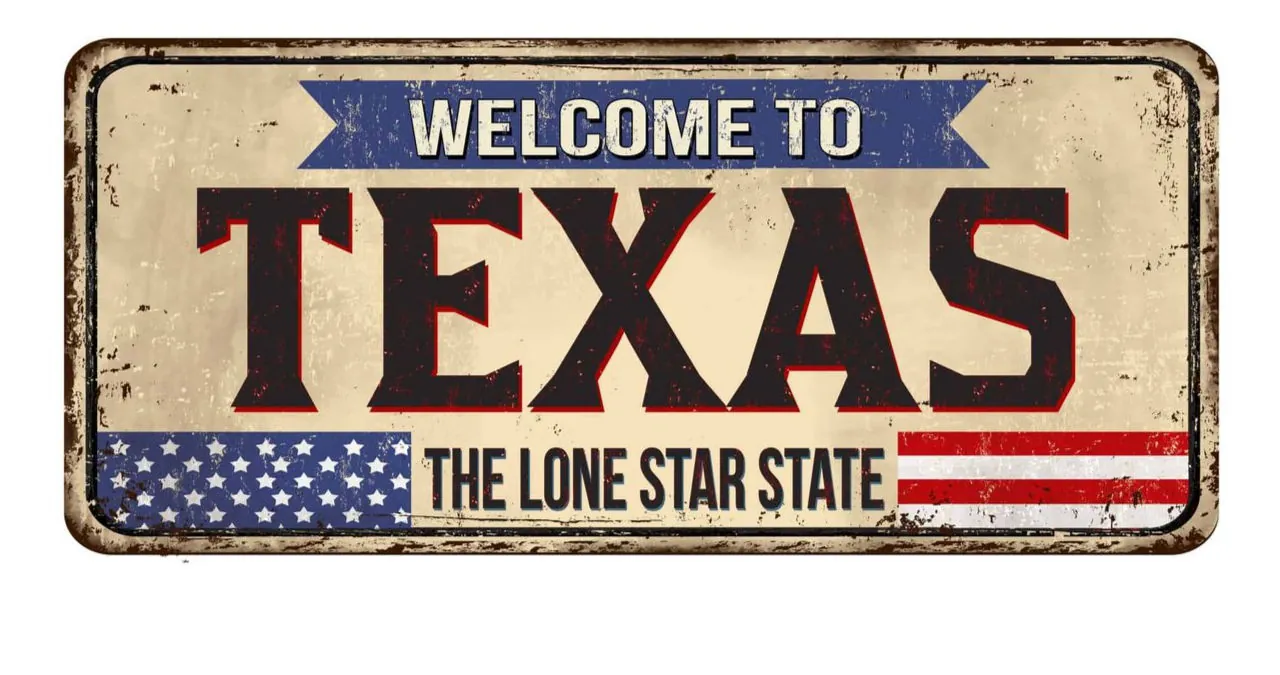Nestled in the heart of the Lone Star State, a small town in Texas has recently garnered attention for an unexpected reason. With its humble streets and tight-knit community, this town has been named the poorest in Texas, sparking curiosity and concern among residents and outsiders alike. As economic disparities continue to widen across the country, the spotlight on this particular town offers a glimpse into the harsh realities faced by many Americans living below the poverty line.
Carrizo Hill: A Texas Town Grappling with Poverty
Carrizo Hill, a small town located in Texas, has gained attention for being named the poorest town in the state. Despite its rich history and beautiful landscapes, it struggles with economic challenges that have resulted in high rates of poverty and unemployment. A closer look reveals a complex web of factors at play, including a declining job market, limited access to quality education and healthcare, and a lack of investment in local infrastructure.
However, amidst these sobering statistics, there is hope and resilience within the community. Local initiatives focused on revitalizing the town’s economy are beginning to gain traction, providing opportunities for growth and change. It’s important to recognize that behind every statistic lies real people with their own stories and dreams.
By shedding light on Carrizo Hill’s struggles and its potential for transformation, we can engage in meaningful conversations about addressing systemic issues as well as celebrating the strength of communities facing adversity.
Why Carrizo Hill become Least Prosperous Town in Texas?
According to research, the median household income in Carrizo Hill is a meager $9,110 annually. This shocking figure translates to 86.5% less than the statewide median, painting a stark picture of economic struggle.
But poverty is not confined to numbers. It manifests in the daily lives of residents, often impacting access to basic necessities and opportunities.
Understanding the demographics of Carrizo Hill shed light on some potential contributing factors. While 94.3% of the population identifies as white, 88.3% also identify as Hispanic or Latino, highlighting the intersection of racial and ethnic disparities with poverty.
However, determining “poorest” remains a complex equation. Poverty lacks a universal definition, and many factors can influence a town’s economic climate. Agriculture, once a pillar of the region, has declined, leaving limited job prospects in its wake.
Furthermore, poverty is not static. Towns like Carrizo Hill can experience economic fluctuations, and improvements are always possible. With investment in infrastructure, education, and local businesses, a flicker of hope can emerge.
Carrizo Hill’s story is a reminder of the diverse faces of poverty in America. It’s a call to acknowledge the struggles of small-town communities and explore ways to bridge the economic gap. By recognizing the complexities of poverty and fostering opportunities for growth, we can work towards a brighter future for Carrizo Hill and similar communities across the nation.
Factors Affecting Poverty Rates
Economic policies: Government policies promoting wage growth, social safety nets, and equitable access to resources can significantly impact poverty rates.
Education and skills: Investments in quality education and skills training empower individuals to compete in the workforce and secure better economic opportunities.
Healthcare: Accessible and affordable healthcare systems are crucial for preventing illness-induced poverty and ensuring overall well-being.
Social safety nets: Robust social safety nets, such as unemployment benefits and minimum wage policies, can provide temporary relief and prevent individuals from falling into deeper poverty.
Technological advancements: While technological advancements can create new opportunities, they can also exacerbate existing inequalities if not accompanied by efforts to reskill and bridge the digital divide.
Environmental factors: Climate change and environmental degradation can disproportionately affect vulnerable communities, increasing food insecurity and displacing populations, thereby contributing to poverty.
Addressing these challenges and factors requires a concerted effort from governments, international organizations, NGOs, and civil society. By implementing tailored interventions, promoting inclusive economic growth, and tackling systemic inequalities, we can hope to build a world where poverty becomes a relic of the past.
Conclusion
In conclusion, the designation of Carrizo Hills as the poorest town in Texas sheds light on the economic disparities within the state. The factors contributing to its poverty, such as limited job opportunities and educational resources, require urgent attention from policymakers and community leaders. Addressing these issues will be crucial in improving the living conditions and prospects for the residents of Carrizo Hills.
Local and state authorities must work together to implement sustainable solutions that can uplift this struggling community. By taking proactive measures to invest in infrastructure, education, and economic development, we can collectively strive towards creating a more equitable and prosperous future for all Texans.
Additional Resources:
- United Nations Development Programme: https://www.undp.org/
- The World Poverty Clock: https://worldpoverty.io/index.html
- The Borgen Project: https://borgenproject.org/global-poverty/
Also Read:
- Residents Are Rushing to Leave These 7 Towns in New Mexico
- Residents Rushing to Leave These 7 Alaska Towns as Quickly as They Can
- Meet the Poorest Town in Oklahoma- Shocking Reality Revealed



